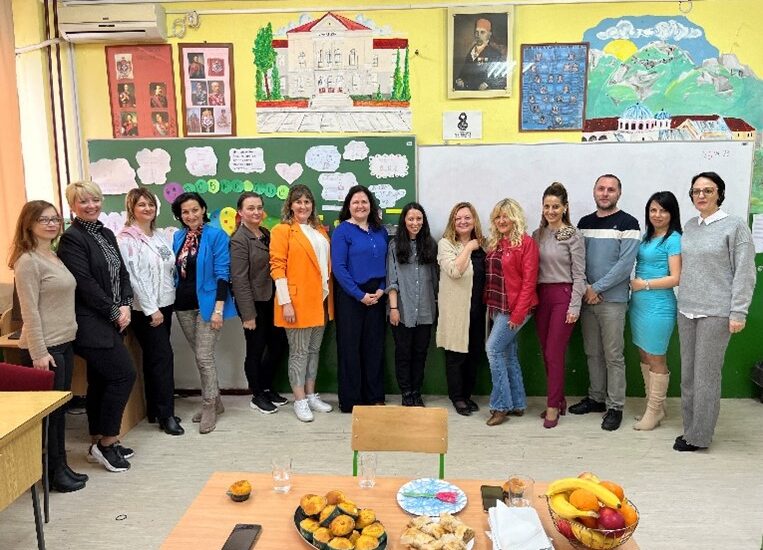Educators Showcase Project-Based Learning to Grow Inclusive Education in Serbia


Since 2021, Childhood Education International has been collaborating with educators in Serbia to bolster inclusive education practices.
CE International and the Center for Interactive Pedagogy have provided training, information, and support to educators, who in turn have trained other educators across Serbia.
The focus of this project has been on inclusive education practices, with a focus on concepts such as Universal Design for Learning (UDL) and Project-Based Learning (PBL), which seek to support engagement and inclusion of all children in the classroom.
Throughout the past year, educators involved in the project have implemented PBL units, putting into action what they’ve learned through the training series.
Schools have implemented ideas from educators and utilized feedback from students and parents to develop PBL units that tackle a range of subjects, including how local food ingredients can be used for nourishment, how reflection on regional stories and landmarks can build a brighter future, and how safety can be improved in local neighborhoods.
CE International and CIP have supported and encouraged the schools through observations and co-creation collaboration.
At the culmination of the project, the educators wanted to do more to share inclusive education concepts and materials.
Toward this end, the PBL units and evidence of learning have been collected into a Serbian language resource compendium, which aims to provide other schools with inspiration and materials they can utilize with their students.
“The schools and partners involved in this project hope that the inclusive education training series can continue across other schools and support all students to learn and thrive,” said Katherine Tek, Practice Area Lead at CE International.
Educators also created a video showing students and educators taking part in the projects in their classrooms and communities:
This project was supported by the U.S. Department of State.